Issue 121 Adorable
Selvedge Magazine
Couldn't load pickup availability
As this issue goes to press, memes about being “mindful and demure” are flooding the internet. But kawaii, the Japanese culture of cute, arguably a cousin of demure, has held a paradoxically strong cultural presence for decades, incorporating the non-threatening traits of shyness, embarrassment, vulnerability, darlingness, and lovability. It is a significant influence on social media – driven trends, with a reach that rivals Cottagecore and Coquette. Visitor numbers at Cute, an exhibition that explored the extraordinary and complex power of cuteness in contemporary culture earlier in the year at Somerset House, testify to this popularity. The cute aesthetic that drives a protective instinct over babies and small dogs has been commercialised to the point where it “reduces price sensitivity, which makes us happier to hand over money,” suggests Rhik Samadder in the Observer. The recent sold-out Selfridge’s popup installation, Jellycat’s Fish & Chips London Van, where a full “meal” costs around £200, proves this point.
In this issue, we explore the phenomenon from a textile perspective. Cute has a set of identifiable characteristics, one of which is scale. A fascination with small and childlike miniaturisation is seen at its zenith in Queen Mary’s Dollhouse, mini-me mother-and-daughter dressing, and the slippery softness of petroleum plushies. Jonathan Faiers chronicles the evolution of faux fur from its origins in Titus Salt’s experiments with brushed alpaca at the Saltaire Mill in Yorkshire to the Unreal Fur x Sans Beast collaboration, inspired by Where The Wild Things Are. Cute takes different forms in different regions and can be represented in the familiarity of folk culture, Latvian mittens, Scottish bonnets, and Mexican piñatas.
This is where things get complex. Cuteness is a manipulation designed to activate our protective instinct, but not only small babies and animals trigger it. Deena Beverly explores how anthropomorphic representations in everything from teddy bears to taxidermy can be repellent and appealing at the same time. Like the funniest jokes, the ones with a grain of truth make the unpalatable palatable. Cuteness offers us a way to conceal and expose, to be perfect and vulnerable, and to be irresistible yet anarchic simultaneously. It is also tied up with a sexless femininity, originating in Japanese schoolgirls’ innocent love of stationery in the 1990s. Feminine romanticism in saccharine palettes, pretty embroidery, and coquette silhouettes are all celebrated in collections of brands worldwide, from Illogical Poetry to La Casita de Wendy. When the latter’s founder, Ines Aguilar, chose to adopt AI technology to produce an economically and environmentally sustainable sampling strategy, she also added to the sense of unease, both innovative and disturbing, drawing in the viewer in an unsettling way.
The zeitgeist of a troubling world has brought cute to the forefront, where it has infiltrated our society. There is no sign of it shifting as demure sweeps paranoid social media this summer. We retreat to a safe space where the emoji rules.
Polly Leonard
Editor
Share
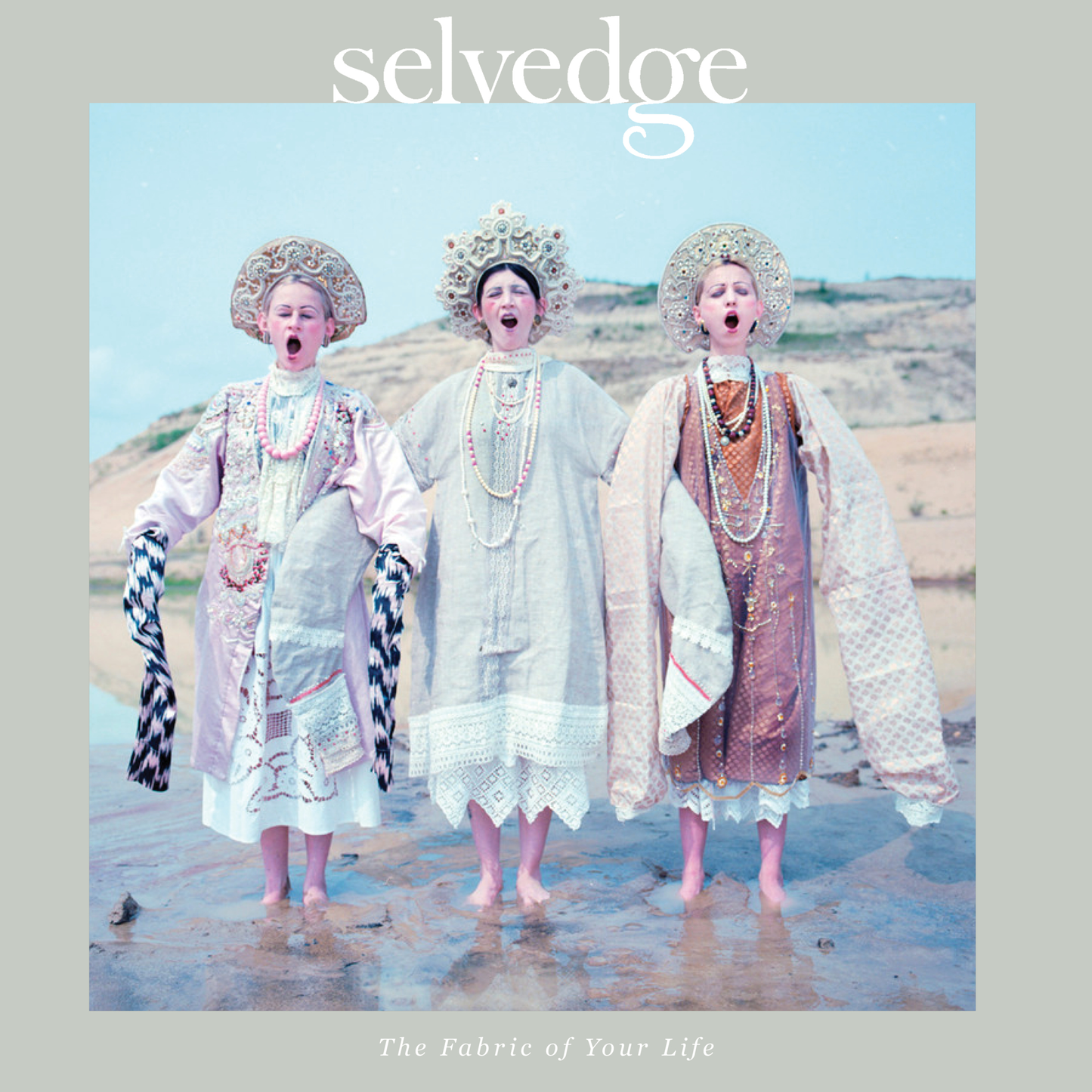




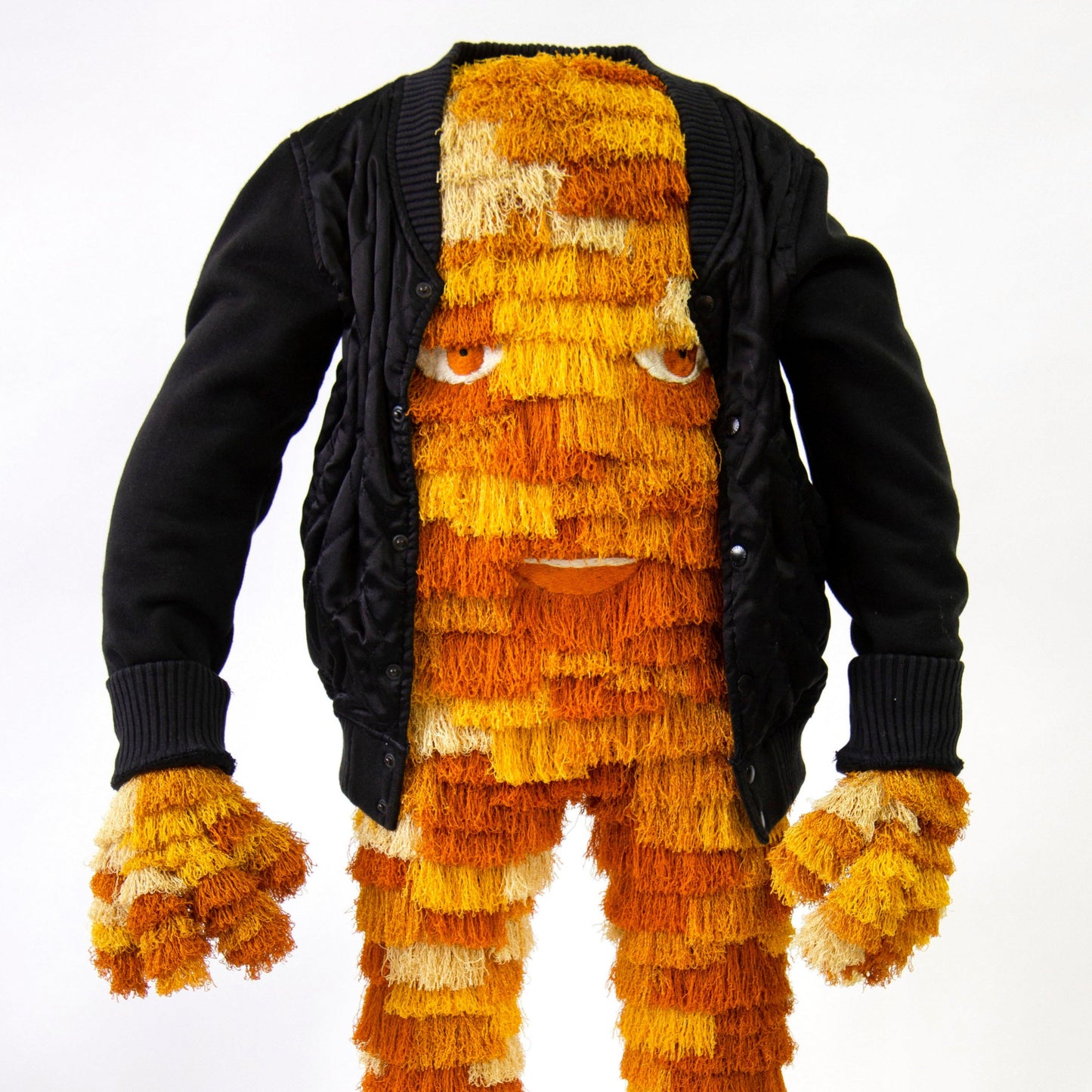
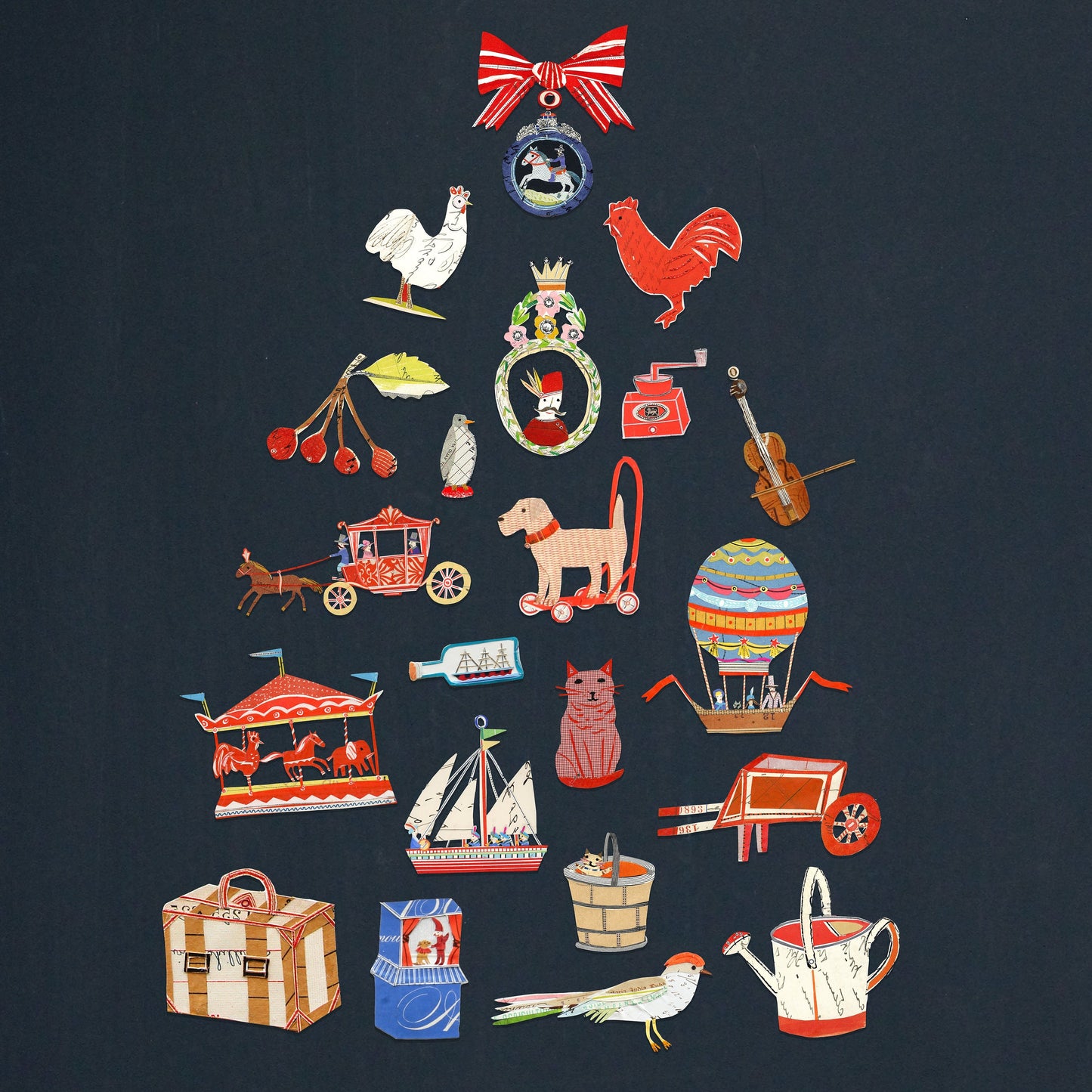

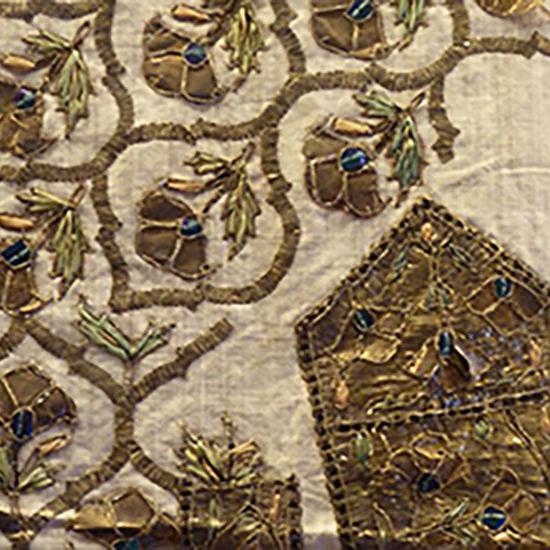
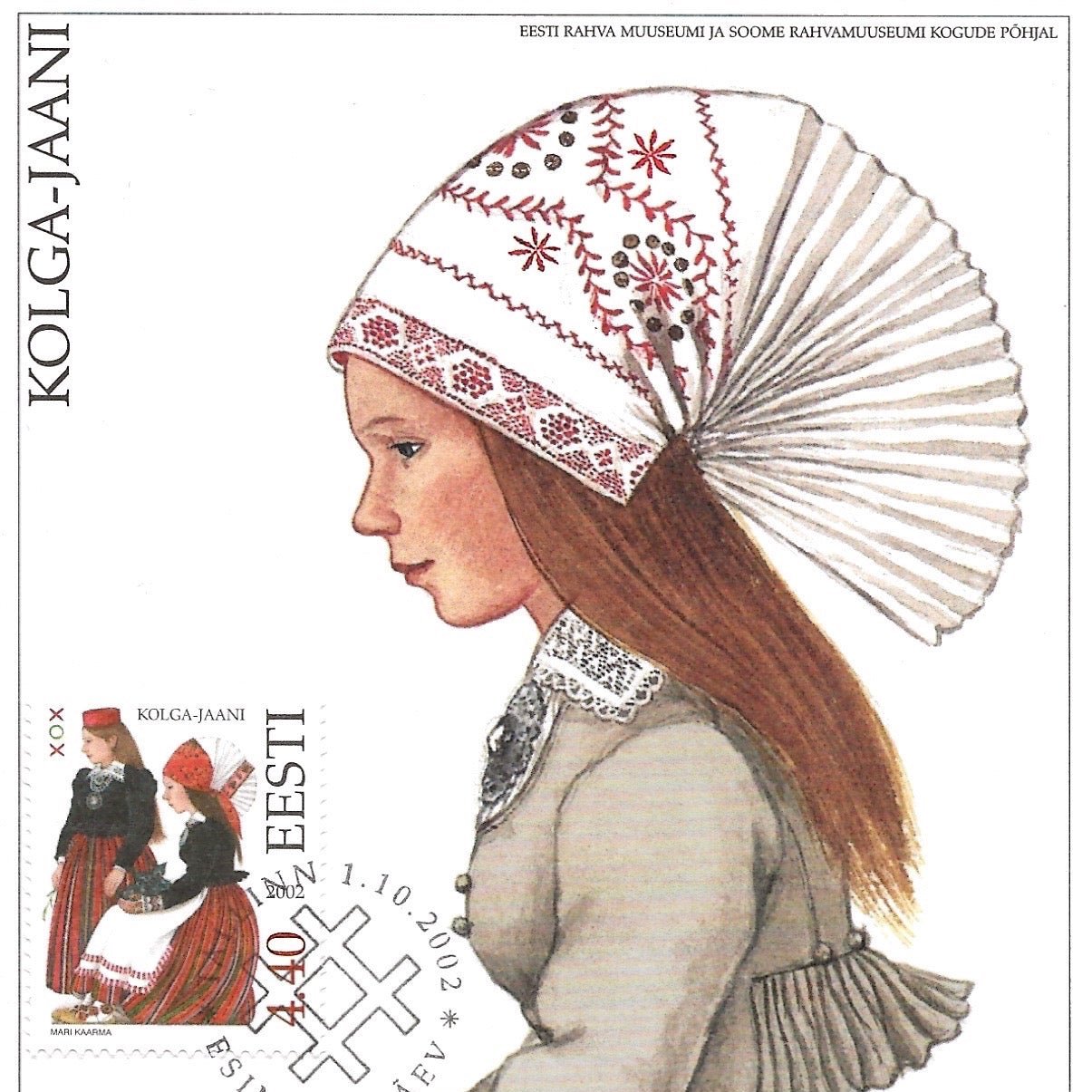
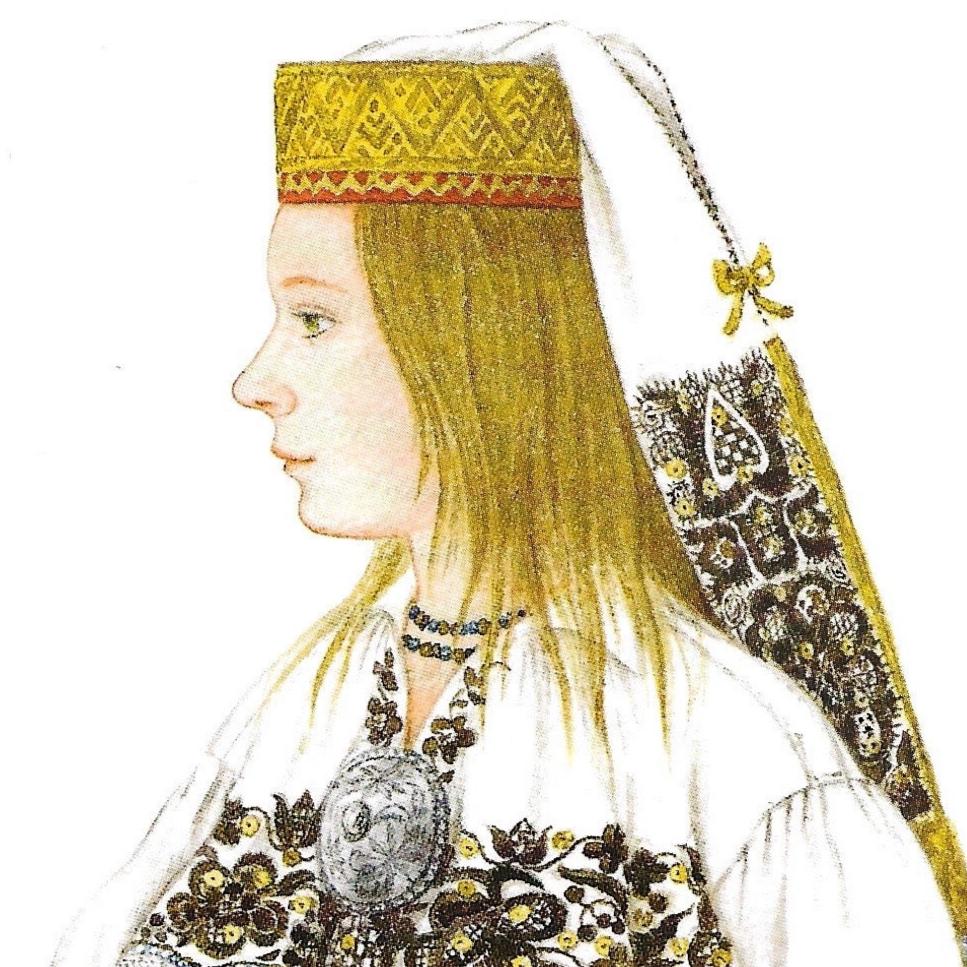
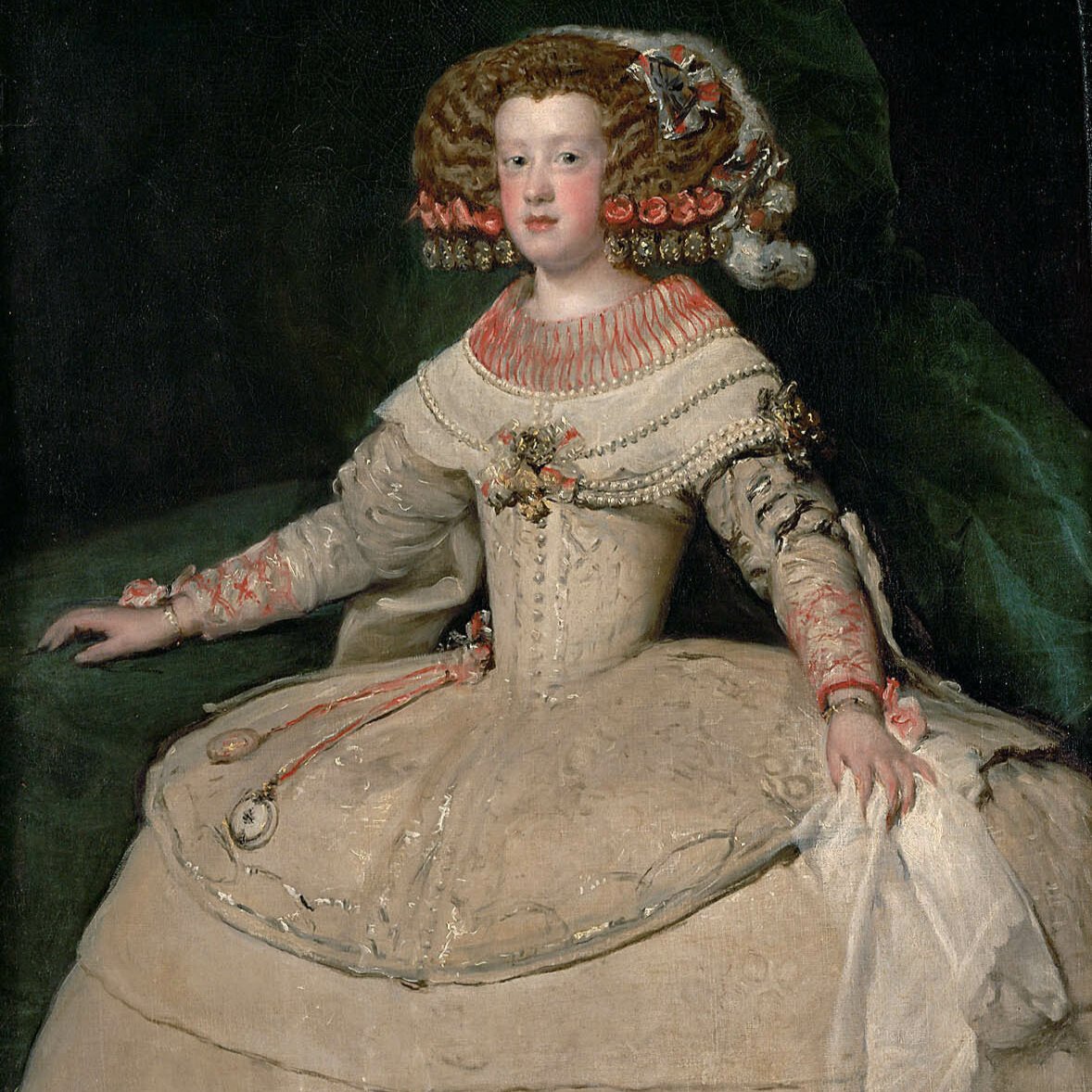
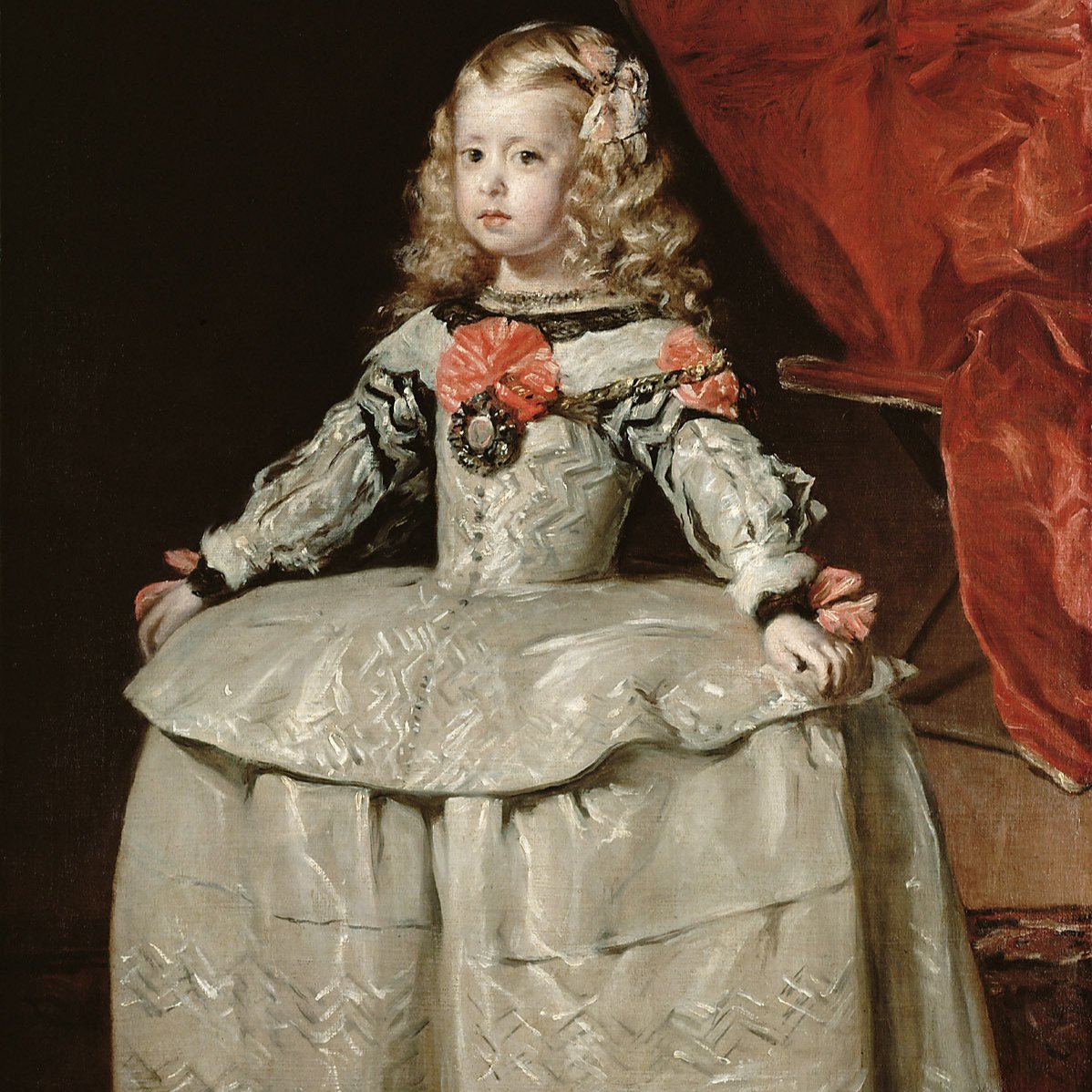
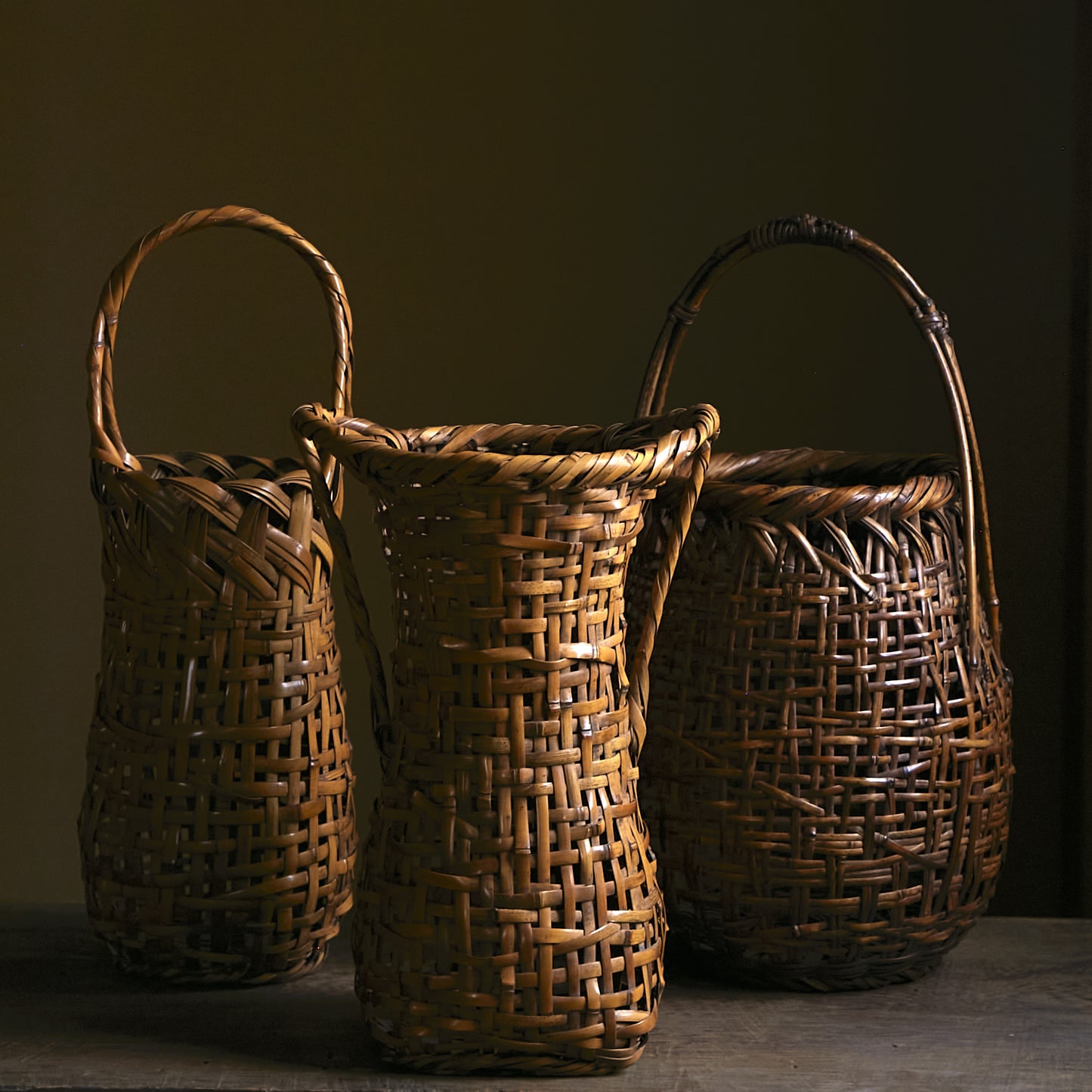



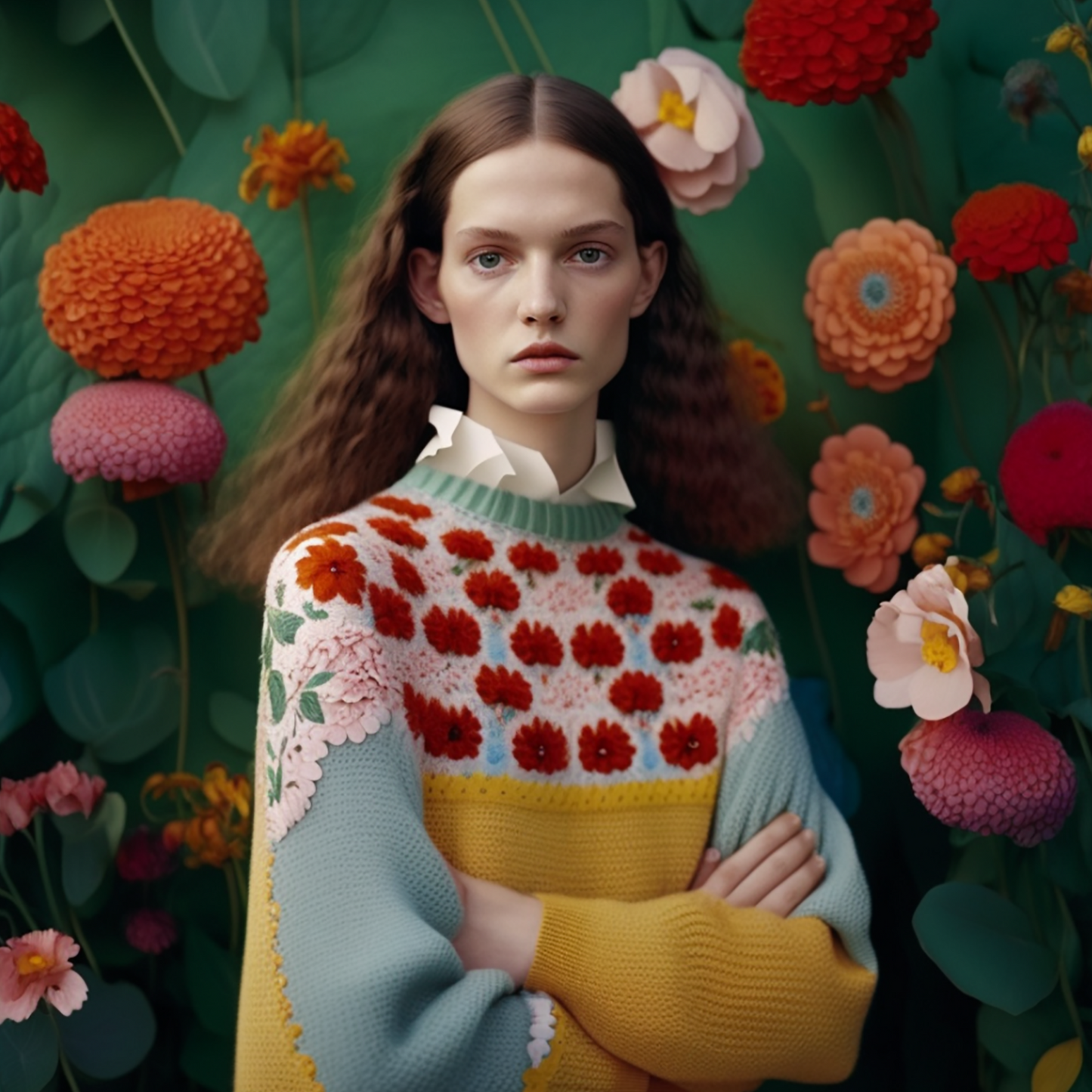
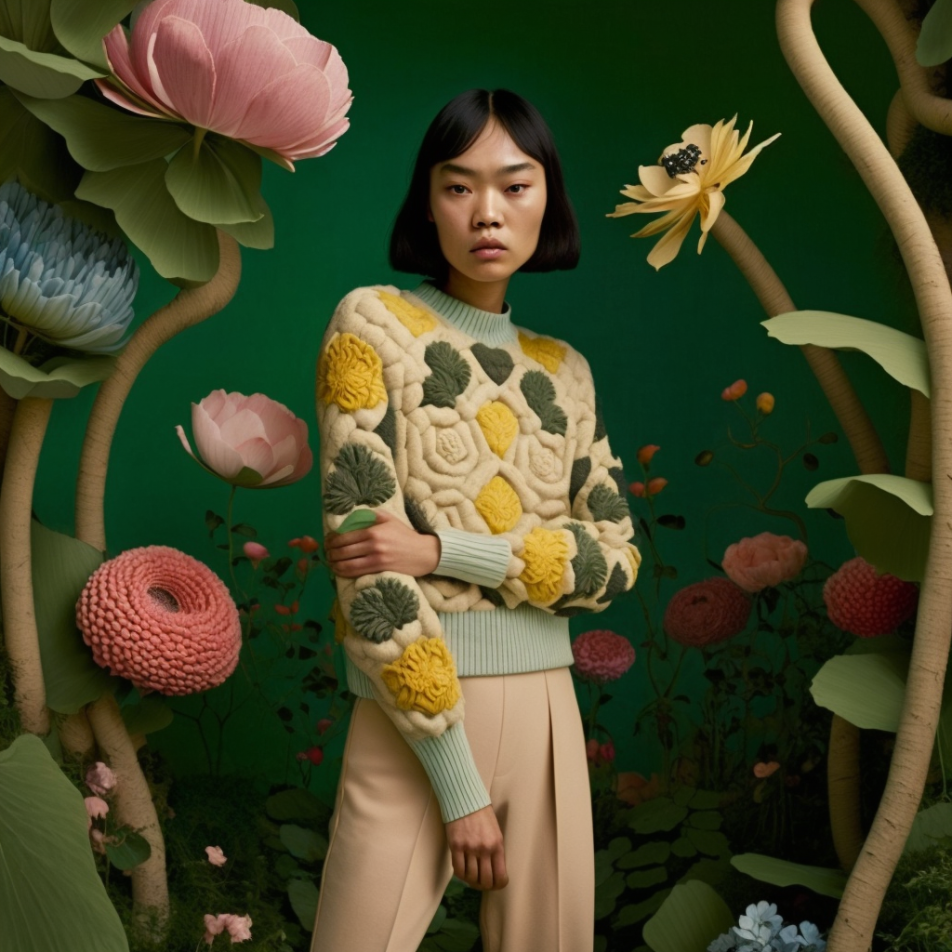
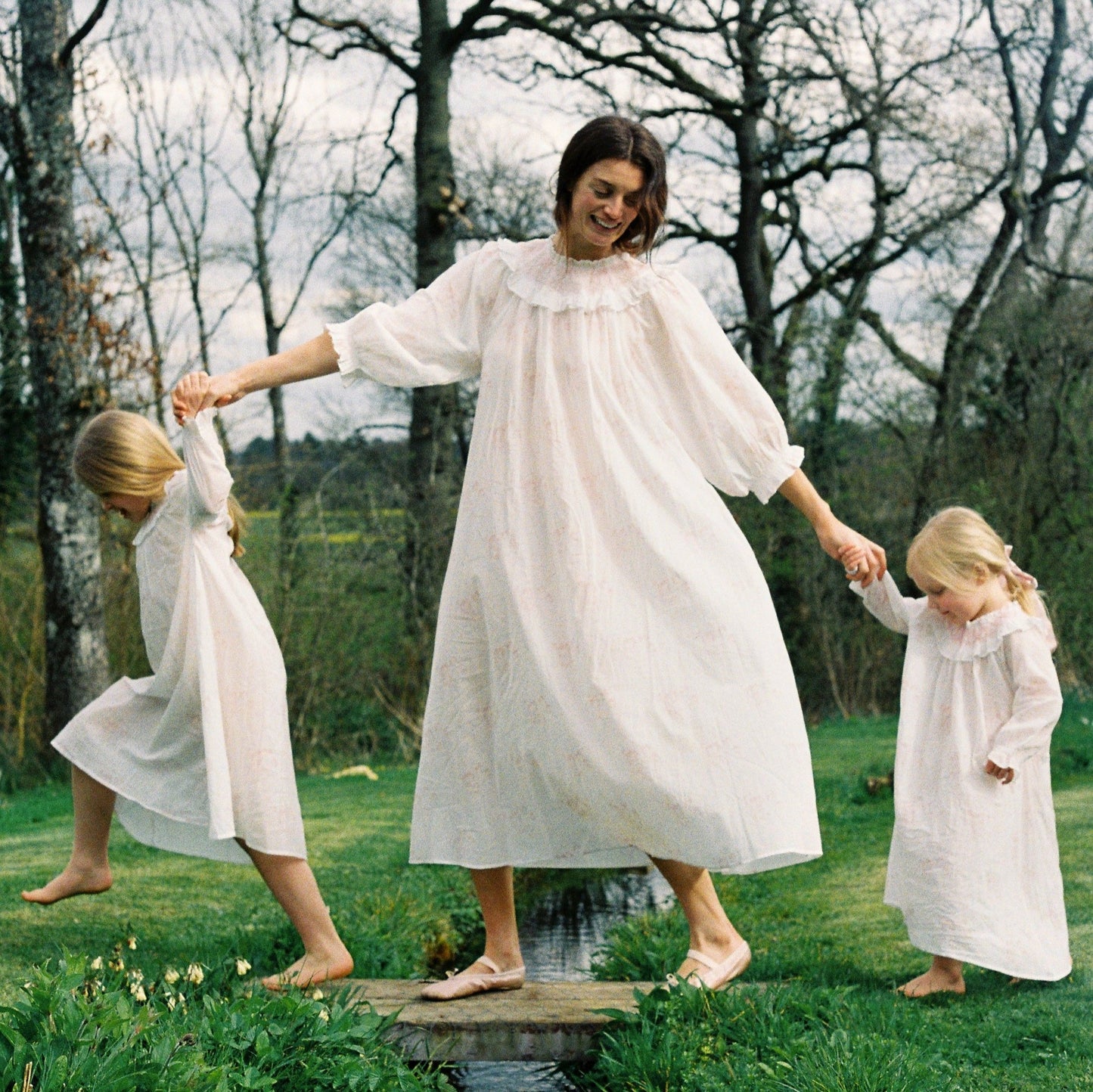
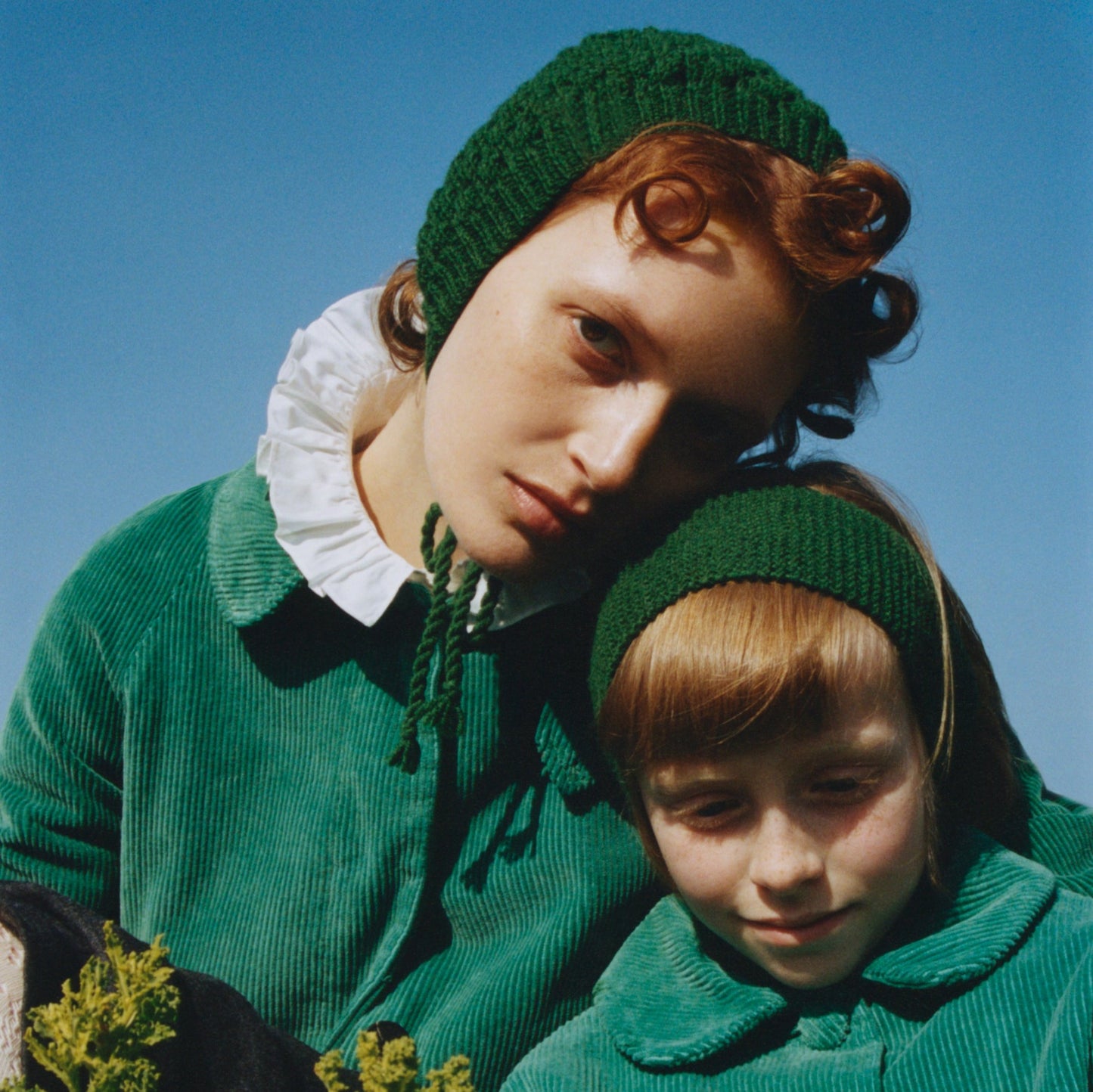

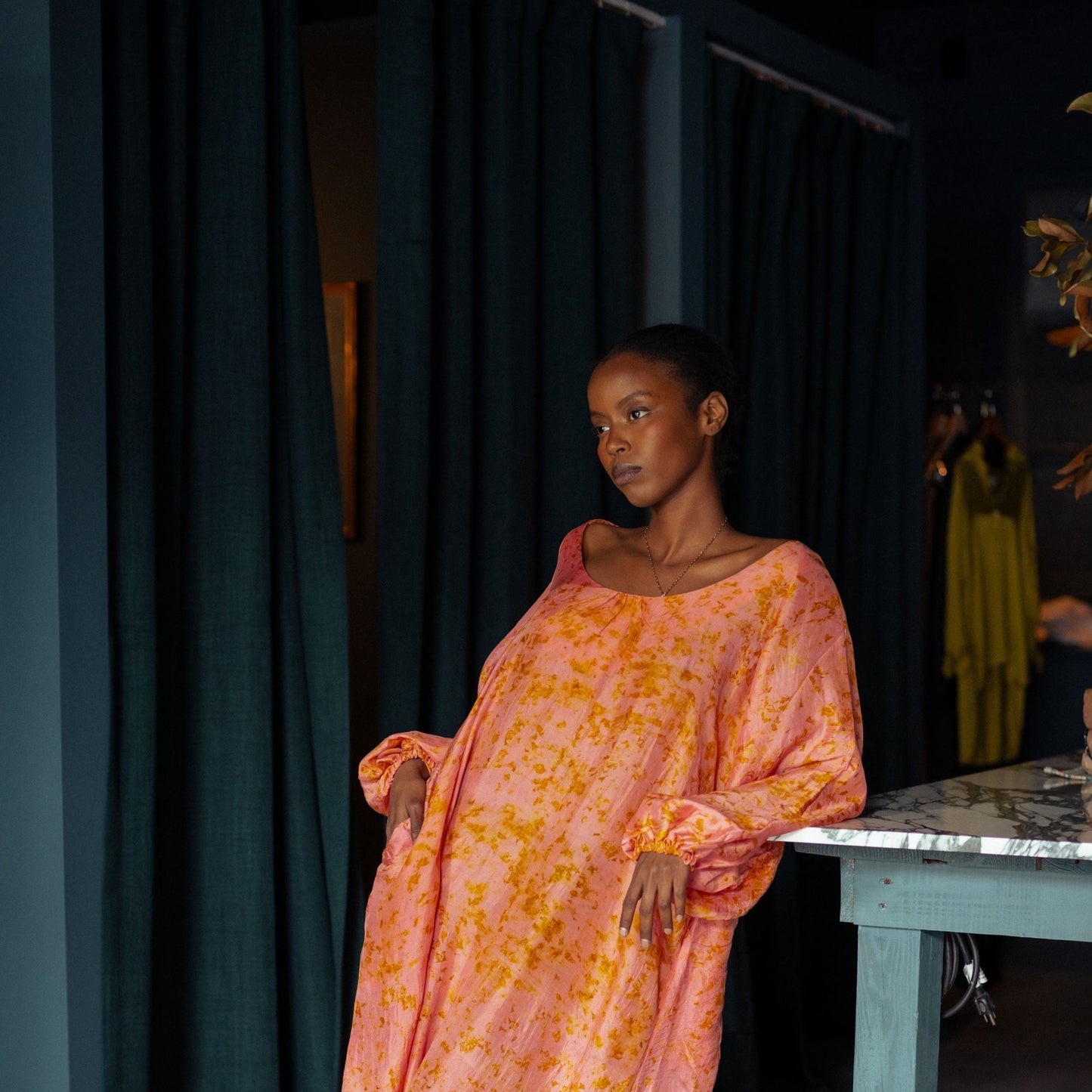

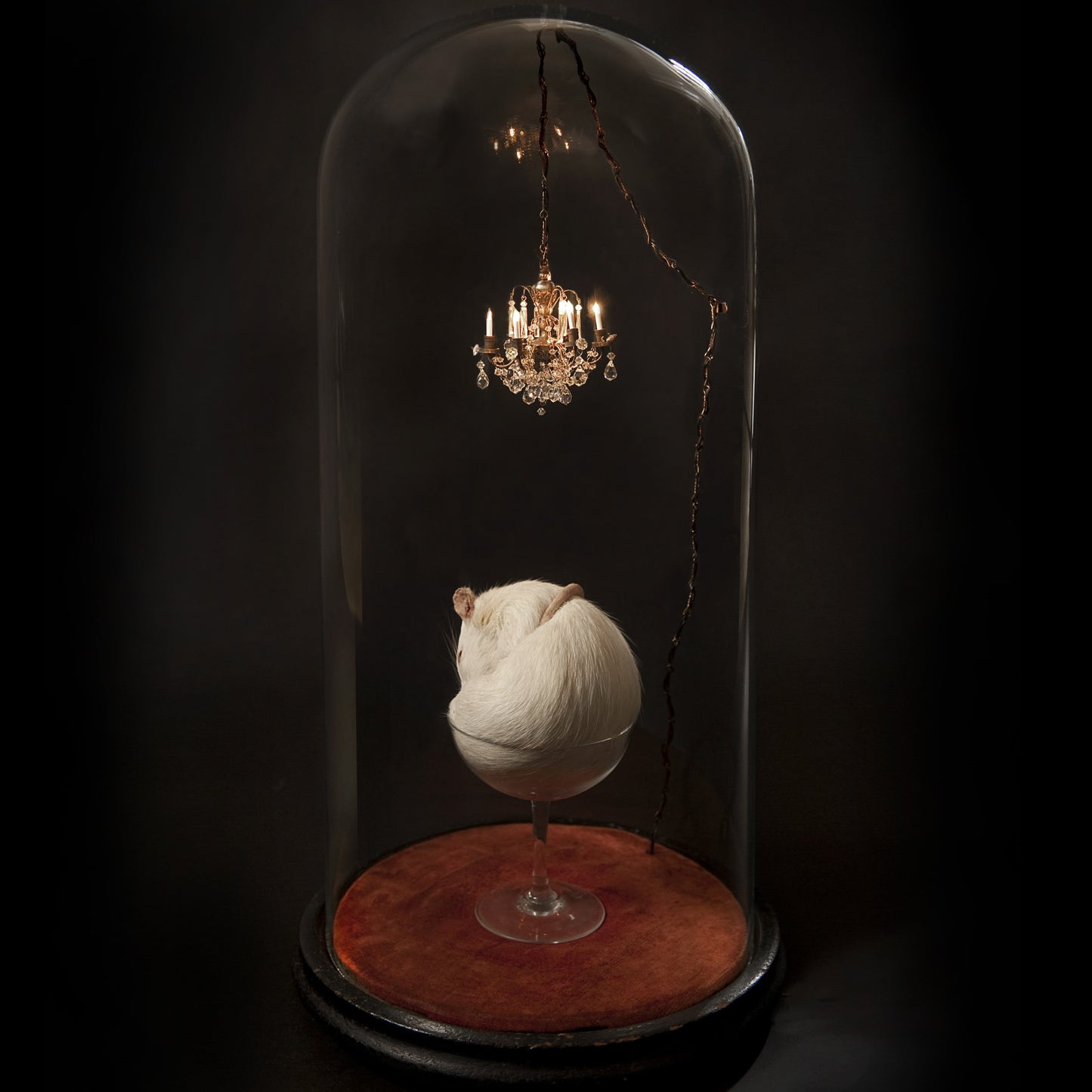
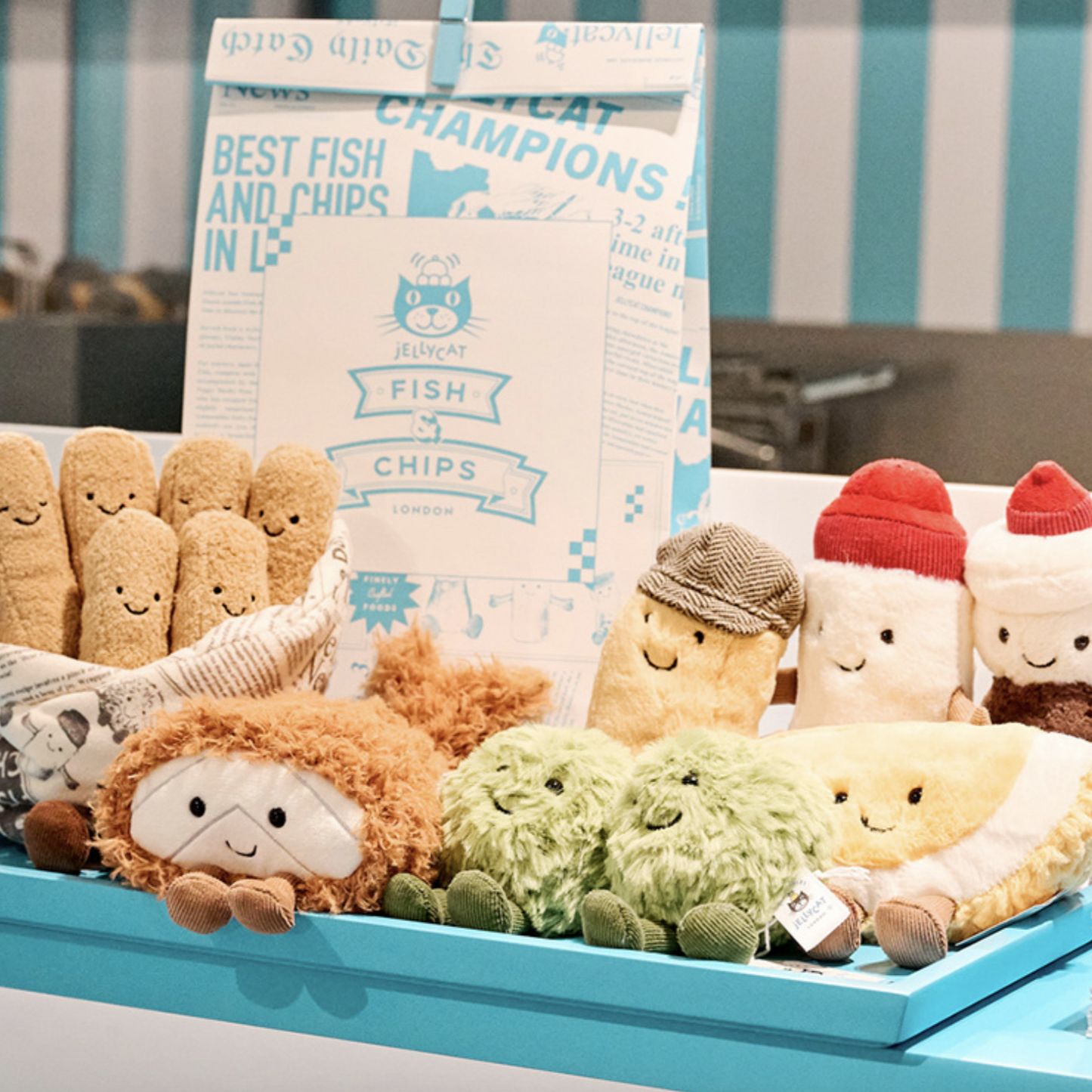
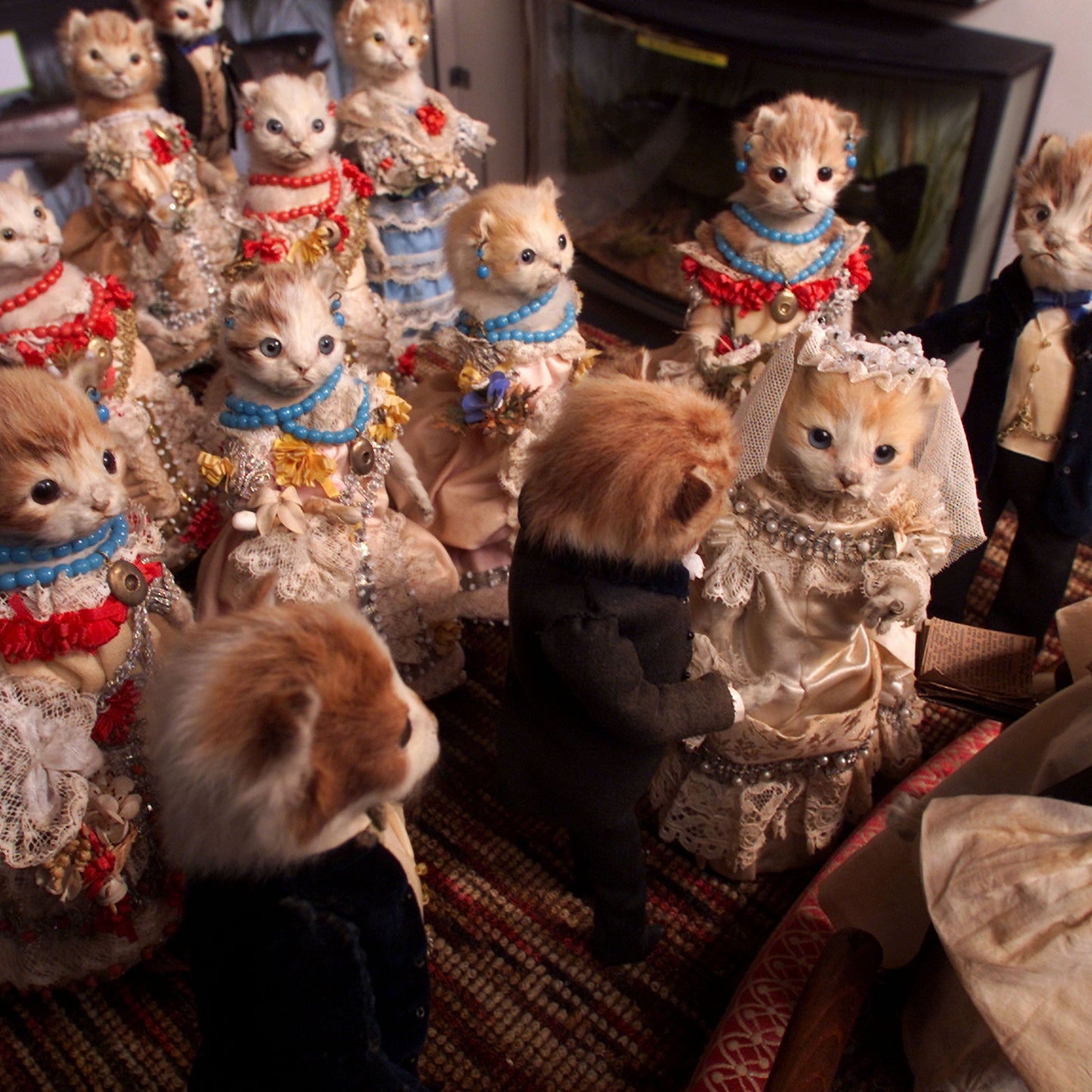
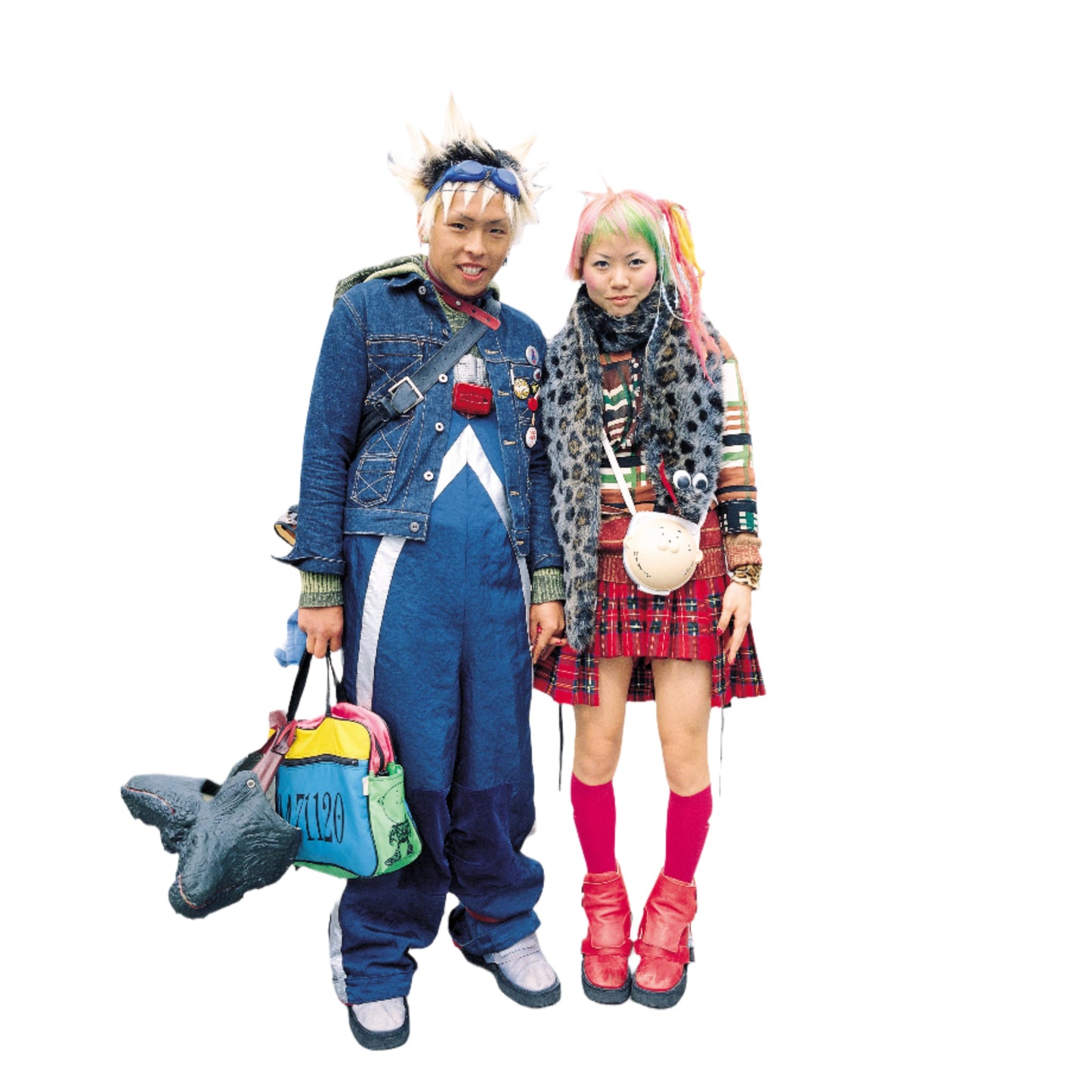
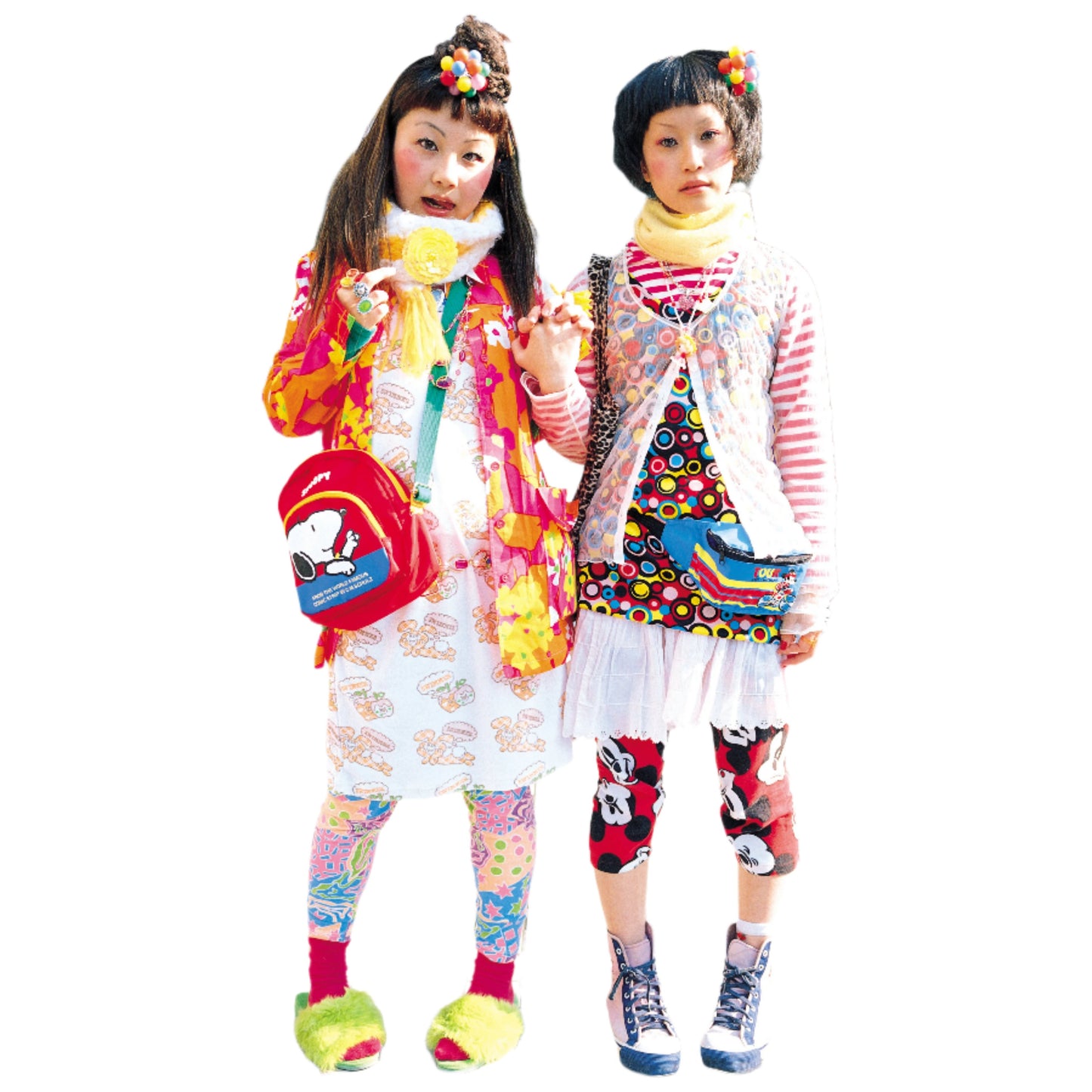
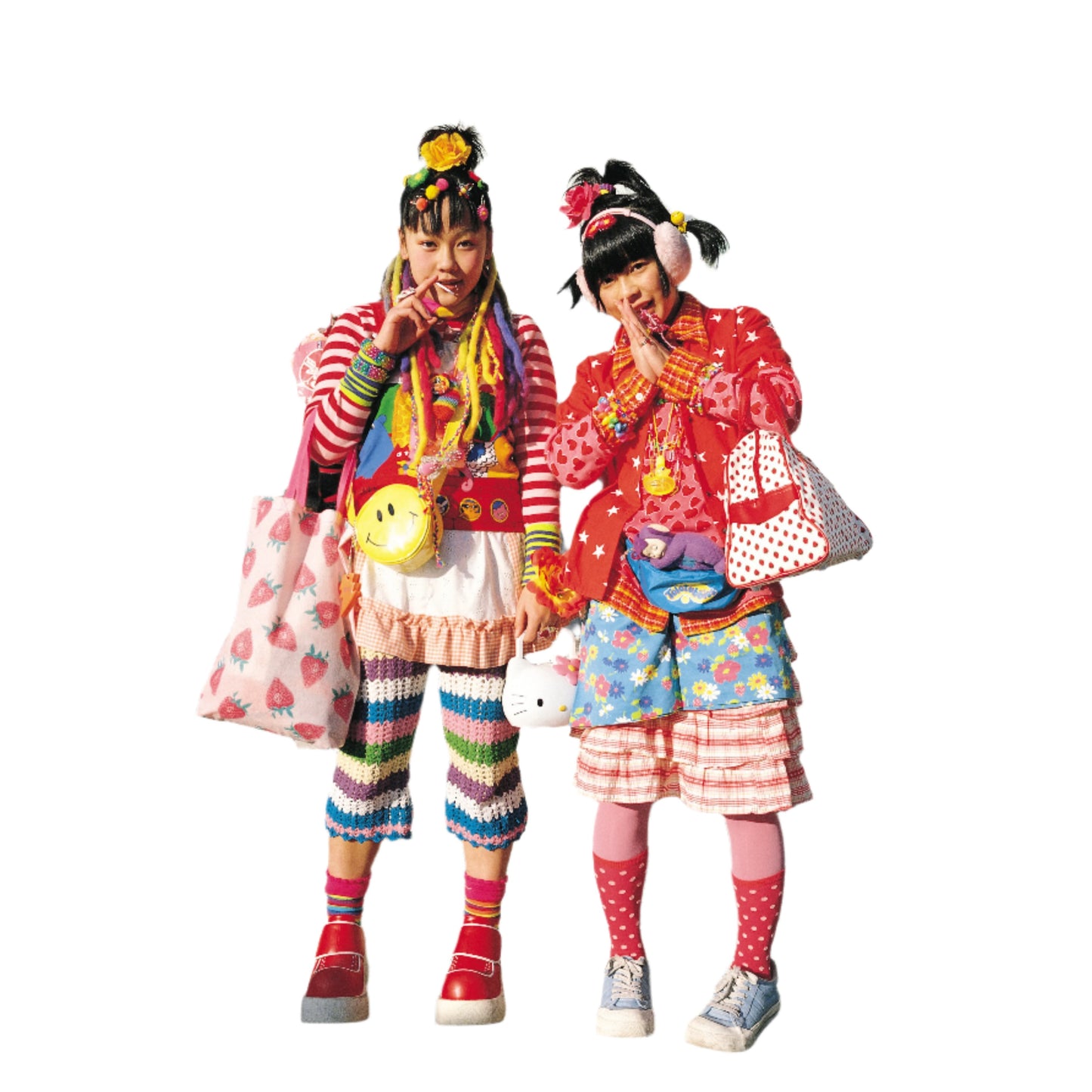
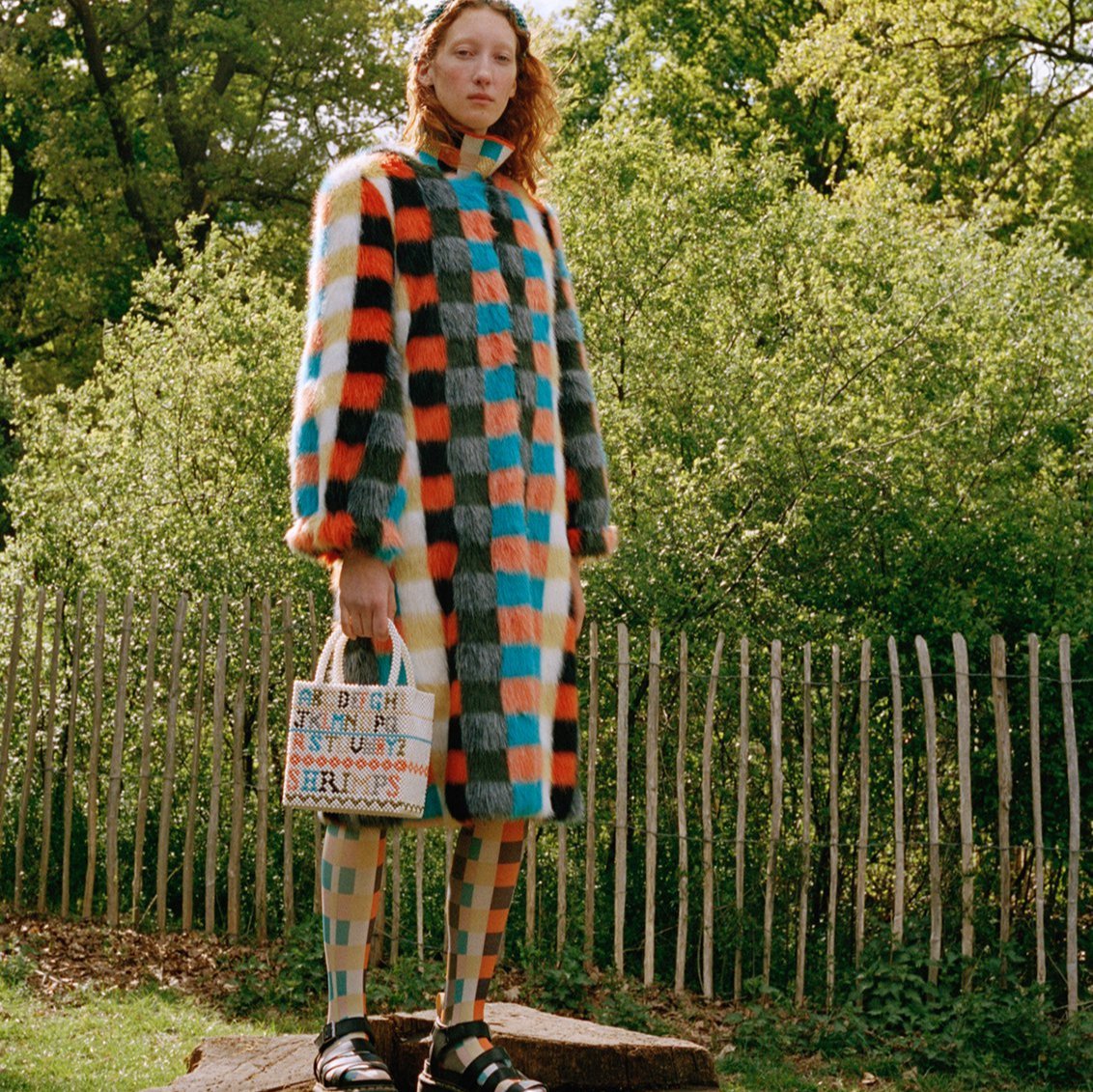

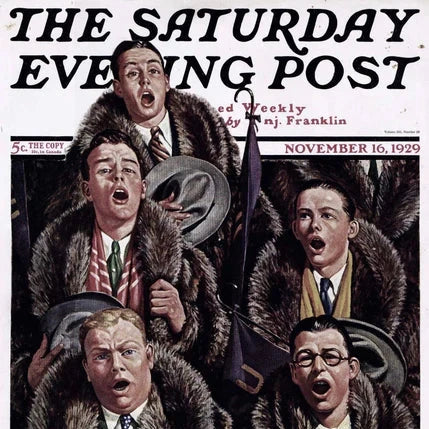
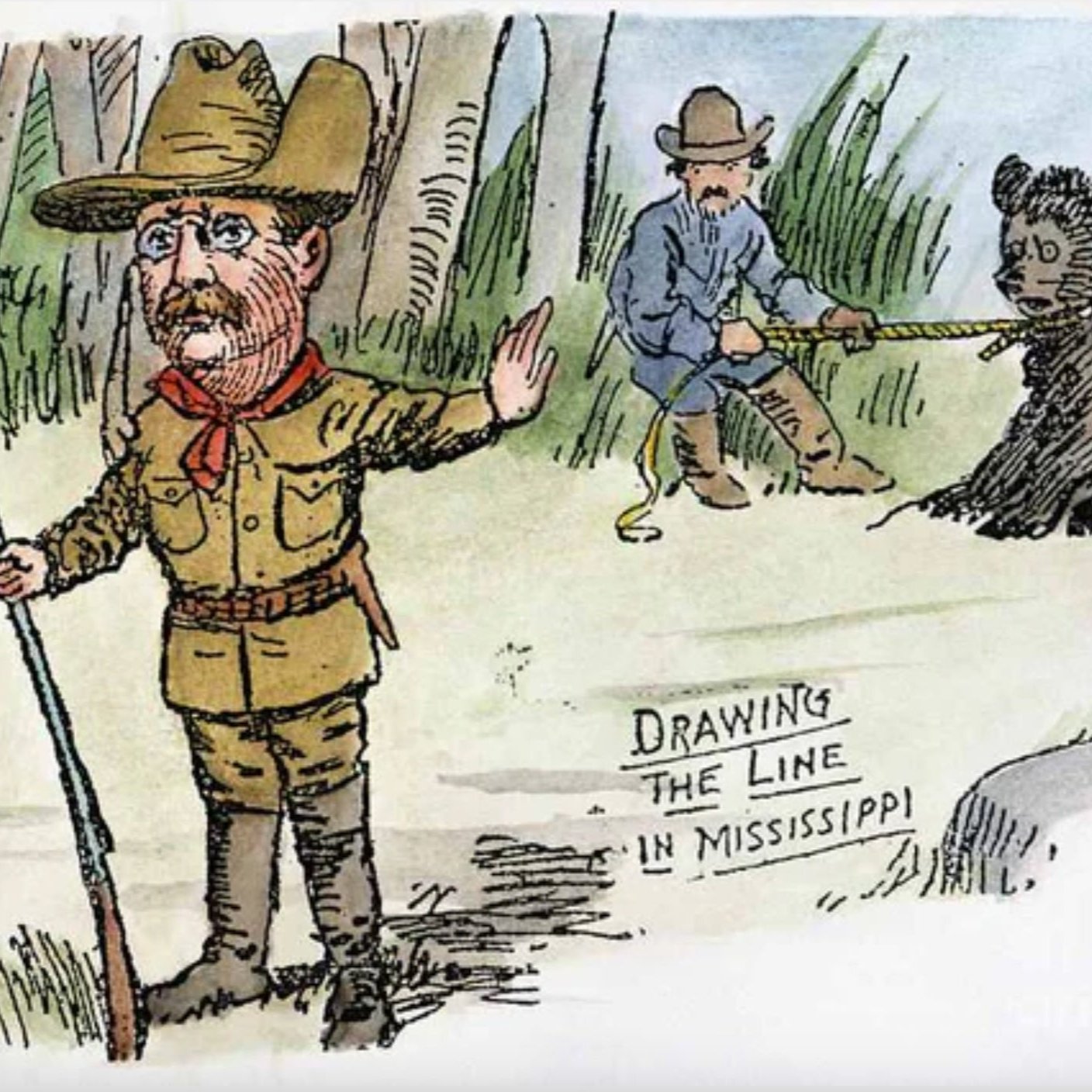
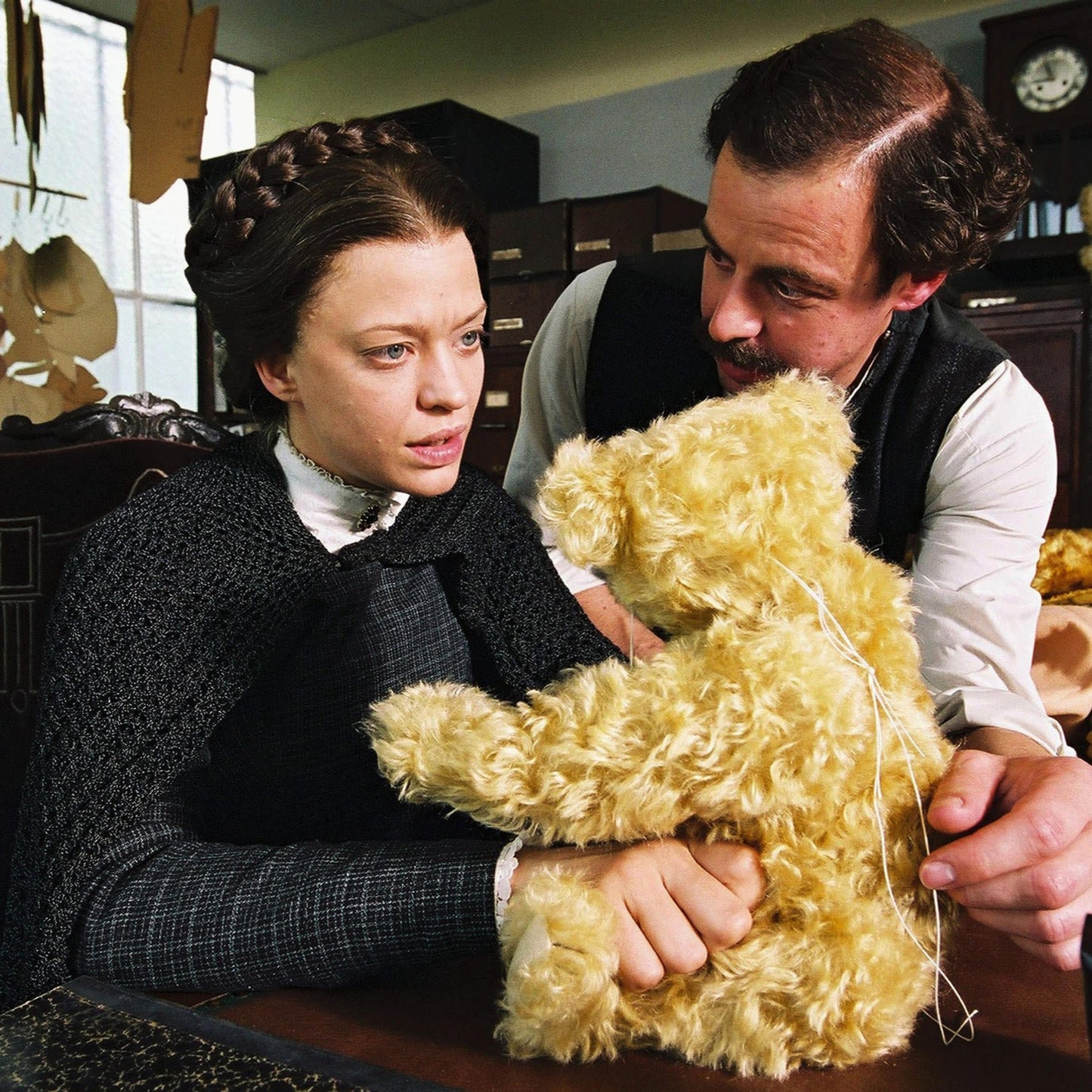
It is a lovely read with wonderful photography. Selvedge always deliver quality!
Thank you for your kind words about issue 123 Eszter, we are delighted you enjoyed this issue so much. Thank you for your support.
Best wishes
Jane Laverty
Customer Service Manager
It is absolutely disgusting to spread the russian narrative of ‘nesting dolls with machine guns’ in 2024. Not only that, but to put this abomination on the cover. The article and what the author of this ‘design’ sucks her ideas from are completely unscientific. What 'russian' fairy tales before the 10th century is she talking about? The name Russia did not exist before 1721, and Moscow was only built in the 12th.
Thank you for your review on our Central Asia issue Anna. It is unclear from your comment which article you are referring to. The cover image was shot by Ainur Mussagulova, a Turkmenistan photographer, and features the model Ayanat Ksenbai and textiles from Assel Tatisheva's store Korkem in Almaty. If you have any further comments please feel free to contact me directly on support@selvedge.org and I will be happy to assist you further.
Best wishes
Jane Laverty
Customer Service Manager
Perfection!
Thank you Bonnie, this issue proved to be a very popular one in the Selvedge collection. Thank you for your support in the Selvedge Community, it is very much appreciated. Best wishes Jane Laverty Customer Service Manager
Bought it for an A level student going to university next year to study costume design. She loved the magazine.
We were delighted to hear the recipient of your Selvedge purchase loved this issue Gwenda. Thank you for such a lovely review and indeed for sharing your love of Selvedge with others, your support is greatly appreciated.
Best wishes
Jane Laverty
Customer Service Manager
I loved the ideas presented in this magazine and the photography is beautiful.
Thank you for your great review June. Your support is very much appreciated. We hope you continue to enjoy our ideas and photography in future issues of Selvedge.
Best wishes
Jane Laverty
Customer Service Manager



































